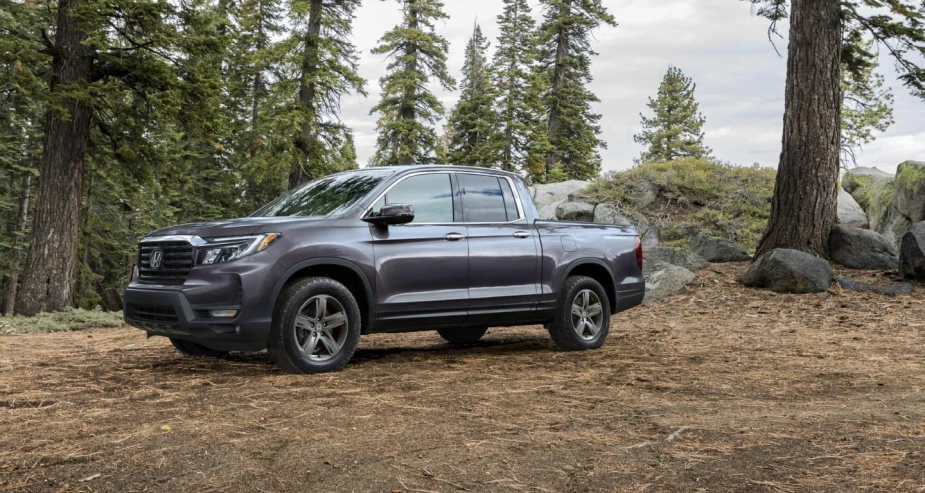When it comes to owning a truck, the first thing that usually comes to mind is power, versatility, and the ability to tackle tough jobs. Whether it’s hauling lumber to a job site, towing a trailer for a weekend getaway, or simply navigating rugged backroads, trucks have become synonymous with capability.
However, one often overlooked—but crucial—factor in choosing a truck is maintenance. All trucks, like any mechanical machines, require upkeep. But some are significantly easier and more cost-effective to maintain than others. And then there are trucks that, while powerful or appealing on the surface, become notorious money pits the longer you own them.
For many truck owners, especially those who depend on their vehicles for work or heavy-duty daily use, high maintenance costs and constant repairs can become more than just an inconvenience—they can represent real financial hardship and lost productivity.
On the other hand, trucks that are mechanically reliable and inexpensive to maintain become not just practical assets but long-term companions that owners can trust. This contrast is what makes understanding a truck’s long-term reliability and maintenance profile so critical before making a purchase.
In recent decades, truck engineering has advanced rapidly. With innovations in safety features, performance technologies, infotainment systems, and fuel efficiency, modern trucks are more sophisticated than ever.
But with that complexity often comes a hidden cost: more parts to break, more electronics to fail, and higher repair bills. Trucks that lean too far into overengineering can become maintenance nightmares.
At the same time, certain manufacturers have stuck with tried-and-true designs and simple, robust engineering, which result in trucks that are easier and cheaper to keep on the road. The difference in ownership experience between a truck that needs constant work and one that simply “just works” can’t be overstated.
It’s also important to consider that not all truck buyers have the same needs. Some prioritize off-road performance, others focus on towing capacity, while many simply want a reliable daily driver with a rugged edge.
The challenge lies in finding a truck that meets your requirements without turning into a mechanic’s best friend. This is why understanding real-world reliability and common maintenance issues is more valuable than getting swept up by glossy advertisements and spec sheets.
This article aims to break down ten popular trucks—five that are widely praised for their minimal maintenance needs, and five that unfortunately tend to spend more time in the shop than on the road.
The goal is not to bash certain models unfairly or blindly praise others, but to offer a practical look based on long-term ownership experiences, mechanical reliability, cost of parts, and the frequency of common repairs.
In the low-maintenance category, we’ll cover some all-time favorites like the Toyota Tacoma and Ford F-150, trucks that have become benchmarks of reliability in their respective segments.
These are trucks known for surviving hundreds of thousands of miles with basic care. They offer peace of mind and a level of trustworthiness that’s priceless for both commercial and personal use.
On the other end of the spectrum, we’ll take a deep dive into trucks that, while possibly offering strong features or powerful specs on paper, tend to frustrate their owners with recurring issues, high repair costs, and poor engineering decisions.
Models like the Dodge Ram 1500 (early 2000s), the Jeep Gladiator (early years), and the first-generation Chevy Colorado fall into this category—not necessarily because they’re bad trucks in every way, but because they come with reliability baggage that potential buyers should be aware of.
By the end of this article, you’ll have a clearer understanding of which trucks are worth your long-term investment and which ones might cost you more than you bargained for. Whether you’re shopping for your next pickup or just curious about how your current truck stacks up, this breakdown can help guide your decisions with confidence and insight.
Also Read: 5 Trucks With the Best LED Bed Lighting and 5 With Dim Lamps
5 Low-Maintenance Trucks
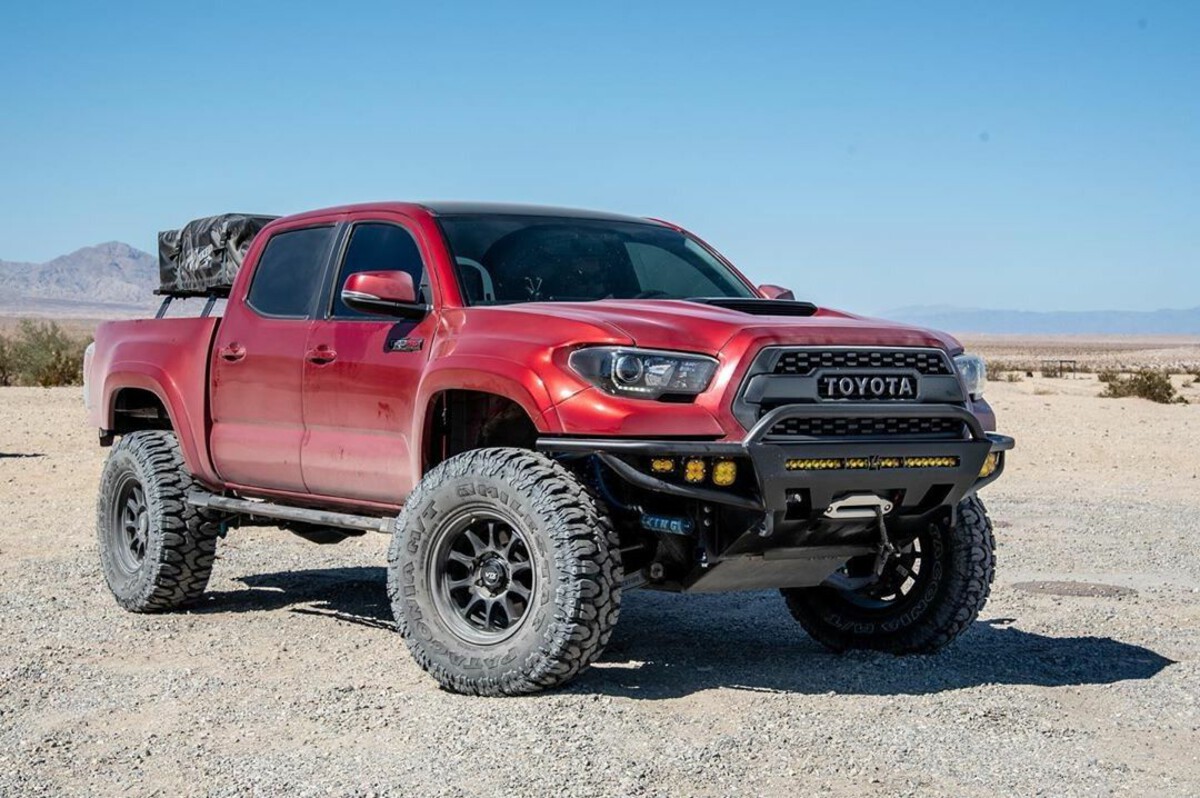
1. Toyota Tacoma
The Toyota Tacoma has built a near-legendary reputation for durability and low maintenance costs, making it one of the most sought-after midsize trucks in the market. Its appeal is deeply rooted in Toyota’s engineering philosophy that prioritizes reliability, simplicity, and long-term ownership satisfaction.
Many Tacoma owners report that with basic upkeep—regular oil changes, timely brake pad replacements, and fluid checks—the truck can run well past the 200,000-mile mark without significant issues. This contrasts with many competitors that may have more horsepower or advanced technology but come with hidden maintenance costs and more frequent repairs.
One major reason for the Tacoma’s low maintenance is its engine lineup. The 4.0-liter V6, in particular, is a workhorse known for its strong performance paired with solid reliability. Its straightforward design minimizes complex parts that can fail or require costly replacements.
Unlike some trucks that incorporate turbochargers, direct fuel injection, or dual overhead camshafts that can lead to intricate maintenance requirements, the Tacoma’s engine is robust and easy to service. Mechanics appreciate the accessibility of components, meaning that even if repairs are necessary, labor costs tend to be lower compared to vehicles with more compact, difficult-to-access engine bays.
Additionally, the Tacoma’s transmission system is simple and effective, with the manual and automatic options both proving durable under heavy use.
While some trucks have complicated dual-clutch systems or CVTs that can cause reliability headaches, the Tacoma’s conventional transmissions have proven to be more forgiving and easier to maintain. Many owners attest to having minimal transmission-related issues, which is a significant factor in reducing overall maintenance burdens.
Another often-overlooked advantage of the Tacoma is its strong aftermarket support and vibrant community of enthusiasts. Because the truck has been so popular for off-roading and adventure use, a vast network of parts suppliers and knowledgeable technicians exists.
This ecosystem makes sourcing quality replacement parts cheaper and simpler. DIY owners particularly benefit, as countless online tutorials and forums provide step-by-step guides for routine maintenance and even complex repairs, cutting down both downtime and service costs.
From a build quality perspective, the Tacoma’s body-on-frame construction is designed to endure rough terrain, towing, and heavy loads without succumbing to frame rust or suspension failures. Unlike some trucks that suffer from early corrosion in harsh climates, Tacomas tend to retain structural integrity longer, reducing the need for costly body repairs.
The combination of mechanical robustness, ease of maintenance, and community support cements the Toyota Tacoma’s place as one of the quintessential low-maintenance trucks on the market.

2. Ford F-150 (especially older models)
The Ford F-150 has been a cornerstone of the American pickup truck market for decades, in large part because of its proven reliability and manageable maintenance profile, especially among older generations.
While the newest models have embraced sophisticated electronics and advanced driver assistance systems, which can introduce complexity and potential points of failure, earlier F-150s are renowned for their straightforward mechanical designs.
Trucks from the late 1990s through the early 2000s particularly stand out for their simplicity, making them favorites among those who want a rugged vehicle without constant trips to the mechanic.
At the heart of this reliability is the F-150’s powertrain lineup, which often included naturally aspirated V8 engines such as the 4.6-liter and 5.4-liter Triton engines. These engines are celebrated for their durability and relatively simple construction.
They lack some of the more complex technologies found in modern engines, which means fewer components that can break or wear out prematurely. The widespread availability of these engines in other Ford vehicles also helps keep parts affordable and repairs straightforward.
The F-150’s transmission options, including the dependable 4-speed and 5-speed automatics in older models, are known for robustness when properly maintained.
Owners who stay on top of fluid changes and inspections often report minimal issues with transmission longevity. The truck’s mechanical 4WD systems, especially those using traditional transfer cases, are easier to service than modern electronically controlled units, reducing potential electrical faults and expensive repairs.
Body and chassis durability further contribute to the F-150’s low maintenance profile. The truck’s full-size body-on-frame design is built to withstand heavy loads, towing, and rough-road abuse.
Frame rust can be a concern in some climates, but many owners mitigate this with routine undercarriage cleaning and protective coatings. Suspension components in older F-150s tend to last longer and are easier to replace due to their relatively simple design and ample availability of aftermarket parts.
Moreover, the extensive Ford service network and the sheer number of F-150s on the road make maintenance affordable and accessible. Virtually any general mechanic is familiar with the F-150, which translates to lower labor rates and faster turnaround times.
The truck’s popularity also means used parts are plentiful, reducing the cost of replacements. This well-rounded combination of reliable powertrains, manageable mechanical systems, and accessible parts supply ensures the Ford F-150 remains a low-maintenance favorite for those seeking a dependable full-size truck.
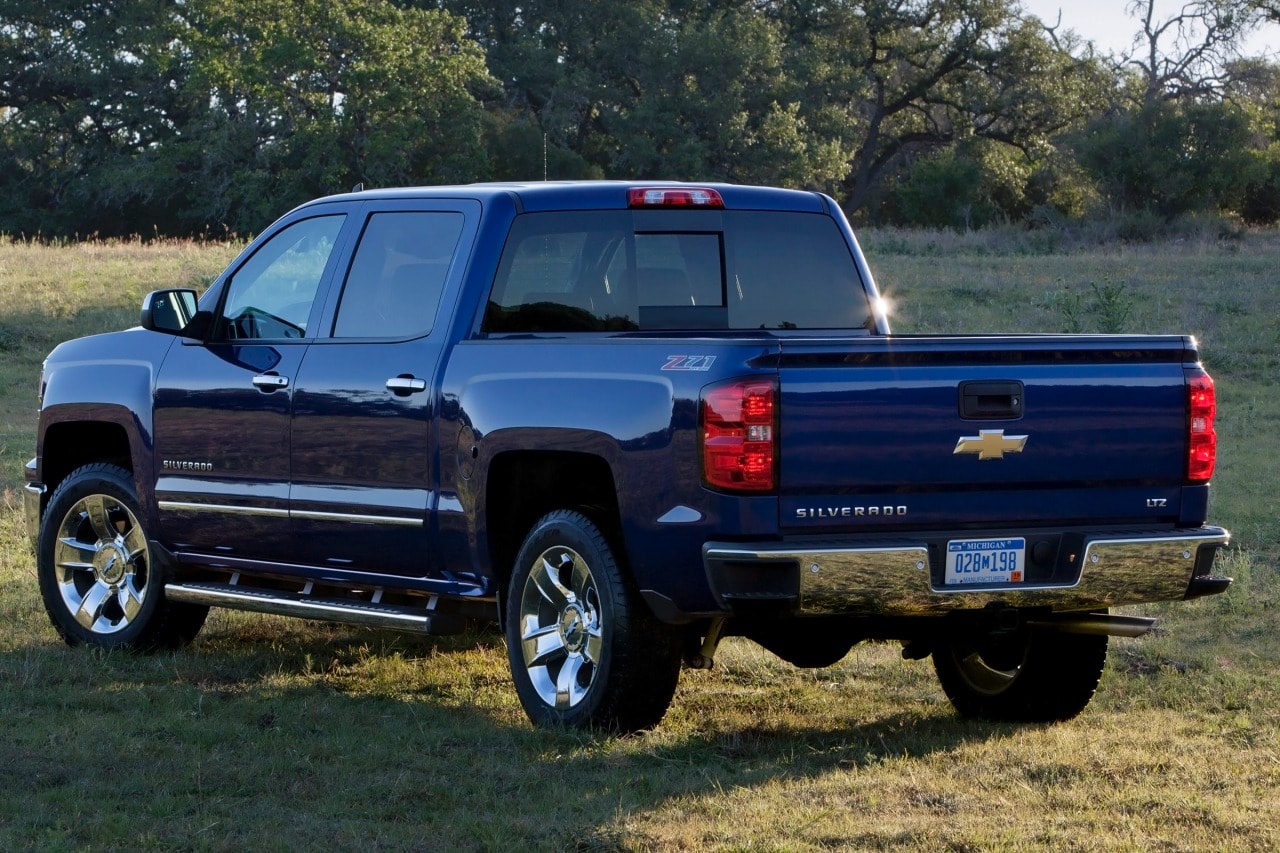
3. Chevrolet Silverado 1500 (early 2000s models)
The Chevrolet Silverado 1500, especially the early 2000s models, is recognized for a blend of power, durability, and relative simplicity that appeals to owners wanting a truck that won’t require constant repairs. These Silverados use the tried-and-tested Vortec V8 engines, which have a longstanding reputation for reliability when properly maintained.
The 4.8-liter and 5.3-liter V8s are known for solid performance and straightforward mechanical systems, making them less prone to the failures seen in more complex or turbocharged engines.
One reason these Silverados remain low-maintenance is their focus on mechanical reliability over electronic complexity. While newer trucks have incorporated more sensors, computers, and electronic controls, early 2000s Silverados kept things relatively simple.
This reduces the chances of electrical faults and makes troubleshooting easier. For owners, this translates to fewer unexpected breakdowns and simpler, less expensive repairs when issues do arise.
The Silverado’s chassis and suspension design also contribute to its longevity. With a heavy-duty ladder frame and robust suspension components designed for heavy loads and rough terrain, these trucks hold up well under strenuous conditions.
The truck’s solid axles and conventional suspension setup allow for easier replacement of parts and fewer performance issues compared to more complex independent suspensions found on some newer models.
Another advantage for Silverado owners is the broad availability of parts and service. GM’s extensive dealer and aftermarket networks make sourcing parts straightforward and affordable.
This availability helps keep routine maintenance costs low and repairs timely. The Silverado’s popularity also means many owners have experience with common issues, and well-documented repair procedures reduce mechanic labor time.
Lastly, early 2000s Silverado interiors and build quality, while not luxurious, tend to hold up well over time, avoiding premature wear or electrical malfunctions that can plague other trucks. This durability inside and out ensures that owners don’t have to constantly repair or replace interior components, adding to the overall low-maintenance appeal of the vehicle.
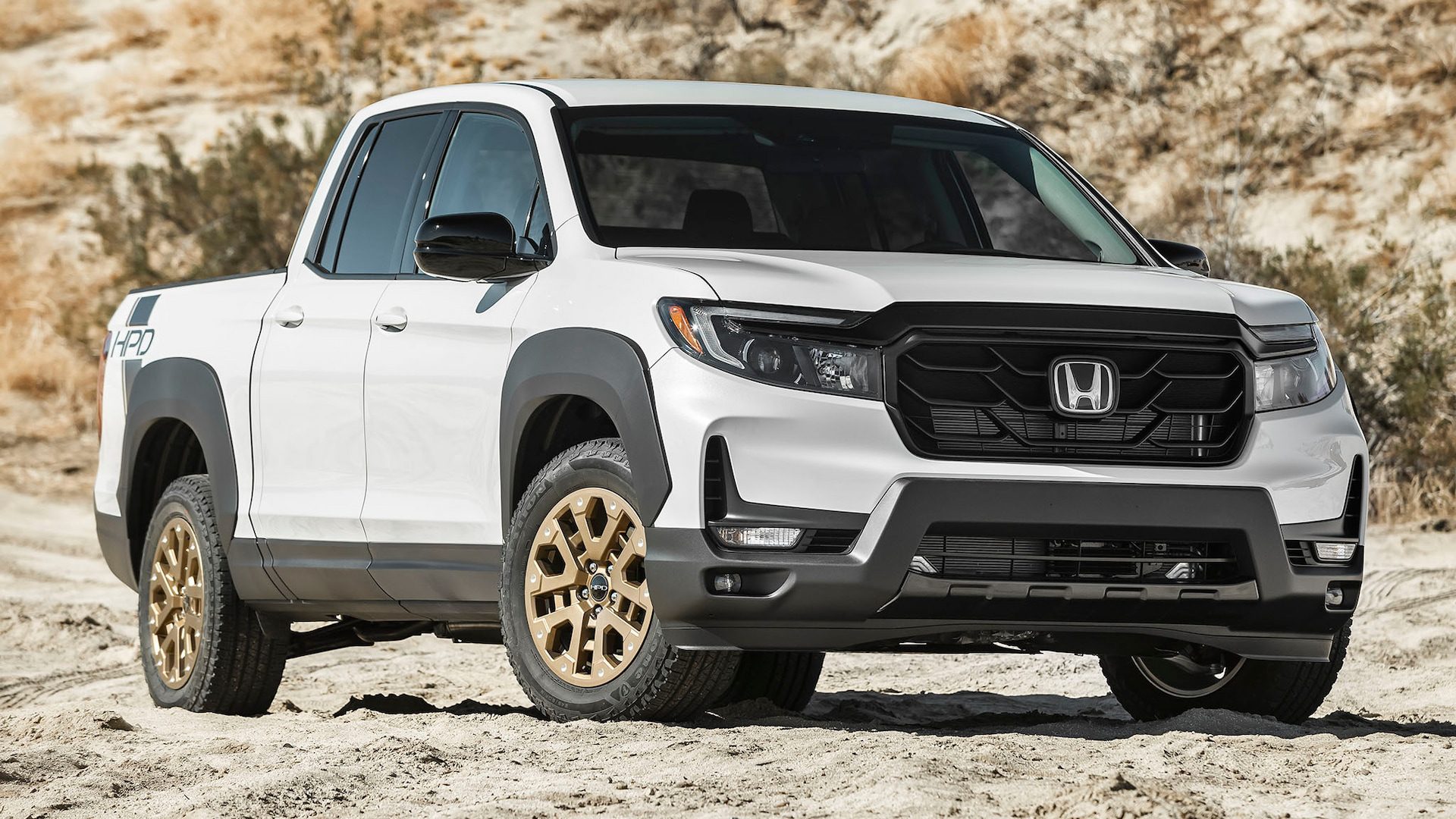
4. Honda Ridgeline
The Honda Ridgeline is a unique player in the midsize truck market because it deviates from traditional body-on-frame construction and instead uses a unibody design more similar to SUVs.
This structural difference contributes significantly to its reputation for low maintenance, as it inherits many of Honda’s well-known engineering strengths from their car and SUV lineup, including reliability, longevity, and efficiency.
One key reason the Ridgeline requires less upkeep is its use of proven Honda powertrains. The 3.5-liter V6 engine powering most Ridgeline models is renowned for smooth operation and long service intervals, benefiting from Honda’s expertise in engine design.
Coupled with a reliable automatic transmission, this drivetrain experiences fewer common problems seen in other trucks with more heavy-duty components or complex forced induction systems. The Ridgeline avoids excessive mechanical strain by focusing on moderate towing and payload capacity, enhancing overall durability.
Honda’s meticulous build quality extends to the Ridgeline’s body and frame. The unibody design is engineered to resist rust and corrosion more effectively than traditional body-on-frame trucks, which is particularly advantageous in regions with harsh winters or salty roads.
The truck’s suspension, borrowing from Honda’s SUV technologies, offers a comfortable ride with less wear on components, contributing to reduced repair needs over time.
Maintenance for the Ridgeline is generally straightforward. The parts used in the Ridgeline are often shared with other Honda models, which means replacement components are readily available and affordable.
Mechanics familiar with Honda vehicles can easily service the Ridgeline without needing specialized truck knowledge, which can reduce labor costs. The truck also benefits from Honda’s well-documented maintenance schedules and straightforward service procedures.
Finally, the Ridgeline’s blend of car-like handling, reliable drivetrain, and durable construction makes it an excellent option for drivers seeking a low-maintenance truck that prioritizes comfort and everyday usability without the typical truck upkeep headaches. Its unique approach to truck design positions it as a smart alternative to traditional pickups for those who value reliability and minimal maintenance.
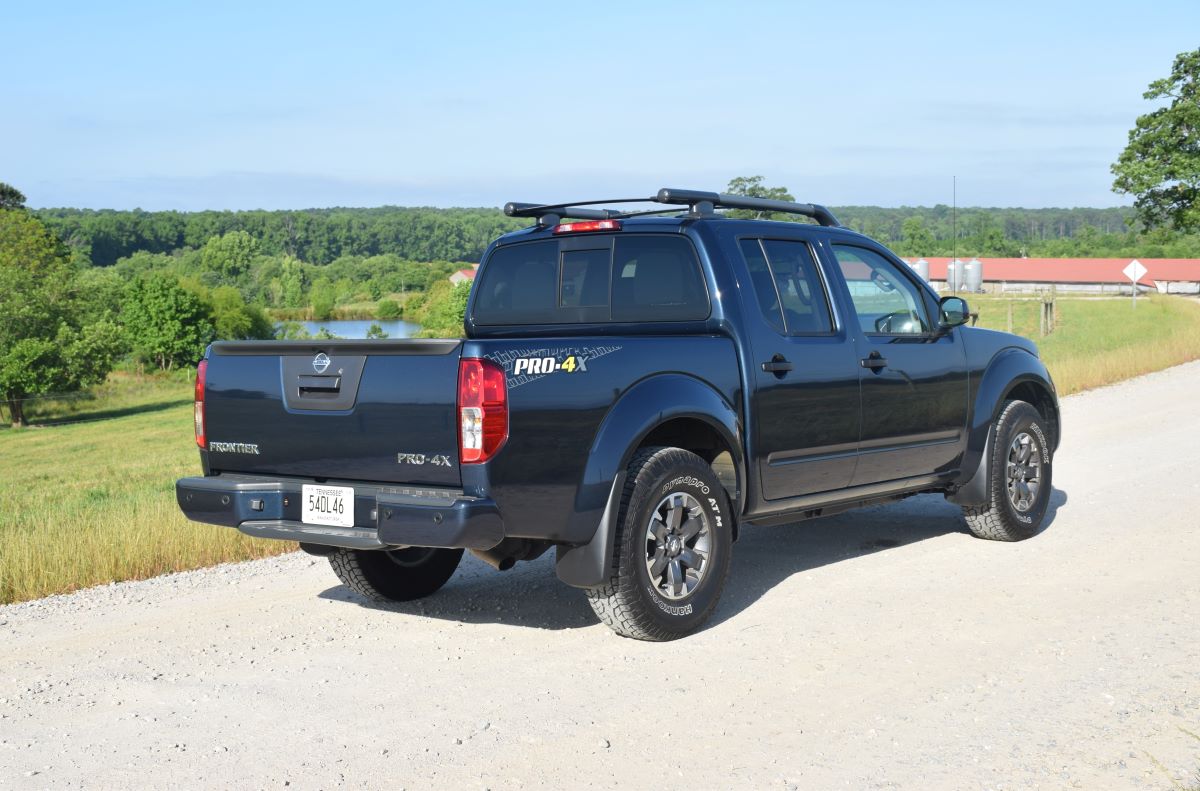
5. Nissan Frontier (older models)
The Nissan Frontier, particularly models from the late 1990s through the early 2000s, remains a strong contender in the midsize truck category when it comes to low maintenance.
This truck has long been appreciated for its straightforward engineering and rugged construction, making it a favorite among owners who want a truck that can endure tough use without constant repairs.
The Frontier’s powertrains, mostly naturally aspirated V6 and inline-four engines, are known for their simplicity and longevity. Unlike more modern engines packed with turbochargers or complicated fuel injection systems, these powerplants tend to require less frequent and less costly repairs.
With regular oil changes, filter replacements, and scheduled tune-ups, many Frontier owners report high mileage with minimal engine trouble. The truck’s body-on-frame construction offers durability in a straightforward package.
The frame is designed to withstand off-road conditions and heavy hauling, yet the truck avoids some of the rust and corrosion issues that plague other trucks in the same segment. Suspension components, while basic, are durable and simple to repair or replace, helping reduce long-term maintenance costs.
Another strength of the Frontier lies in its cost-effective maintenance. Parts are generally affordable and widely available, partly because Nissan shares many components with its SUV models, like the Pathfinder.
Additionally, the truck’s mechanical simplicity means that even owners with limited mechanical experience can perform basic upkeep tasks. This accessibility keeps service costs manageable and helps extend the truck’s lifespan.
In conclusion, the Nissan Frontier’s rugged design, reliable engines, and cost-effective maintenance requirements make it an excellent choice for those seeking a low-maintenance midsize truck. While it may not have all the bells and whistles of newer models, its durability and simplicity ensure it remains a dependable workhorse without constant attention.
5 Trucks That Need Constant Work
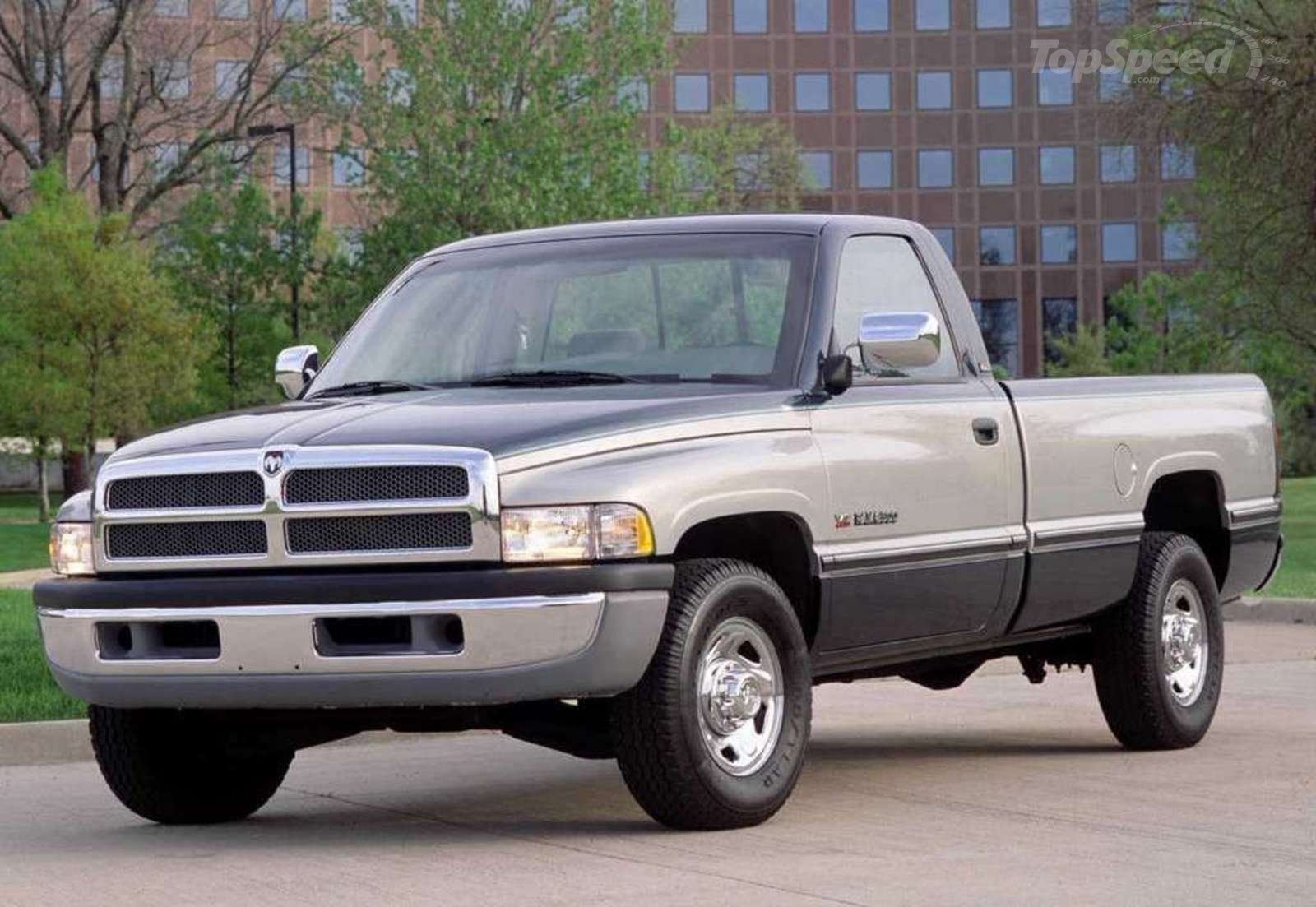
1. Dodge Ram 1500 (early 2000s models)
The Dodge Ram 1500, especially models from the early 2000s, has long been criticized for its propensity to require frequent repairs and higher-than-average maintenance. While it boasts strong towing capabilities and a bold design, many owners have reported recurring issues that make it a truck demanding constant attention.
One of the core problems lies in its powertrain choices, particularly the 4.7-liter V8 engine, which has faced challenges with head gasket failures, overheating, and premature wear of critical components. These issues often translate to costly engine repairs or rebuilds that can quickly drain the owner’s wallet.
Beyond engine woes, the Ram’s transmission in this era also has a less-than-stellar reputation. The automatic transmissions, often the 46RE and 47RE units, are known to experience shifting problems, slipping, and even complete failure under heavy towing or aggressive driving conditions.
Owners often face expensive transmission rebuilds or replacements, and the complexity of these units can make repairs time-consuming and costly. Additionally, the harshness of the truck’s ride and poor suspension component longevity often result in frequent replacements of bushings, ball joints, and shocks.
Electrical gremlins further add to the Dodge Ram’s maintenance headaches. Early 2000s Rams are notorious for inconsistent electrical system performance, from failing sensors to problematic wiring harnesses that can cause intermittent starting issues or dashboard warning lights that are difficult to diagnose.
The complexity of these electrical faults means that even routine maintenance can sometimes become complicated troubleshooting exercises, increasing both labor time and repair costs.
Lastly, build quality issues contribute to the Ram’s reputation as a high-maintenance vehicle. Interior materials are often criticized for premature wear, broken switches, and malfunctioning HVAC systems. Outside, rust has been a persistent problem in certain climates, especially around wheel wells and undercarriage areas.
The combination of mechanical, electrical, and cosmetic problems makes owning an early 2000s Dodge Ram 1500 a challenge, requiring constant vigilance and frequent visits to the mechanic.
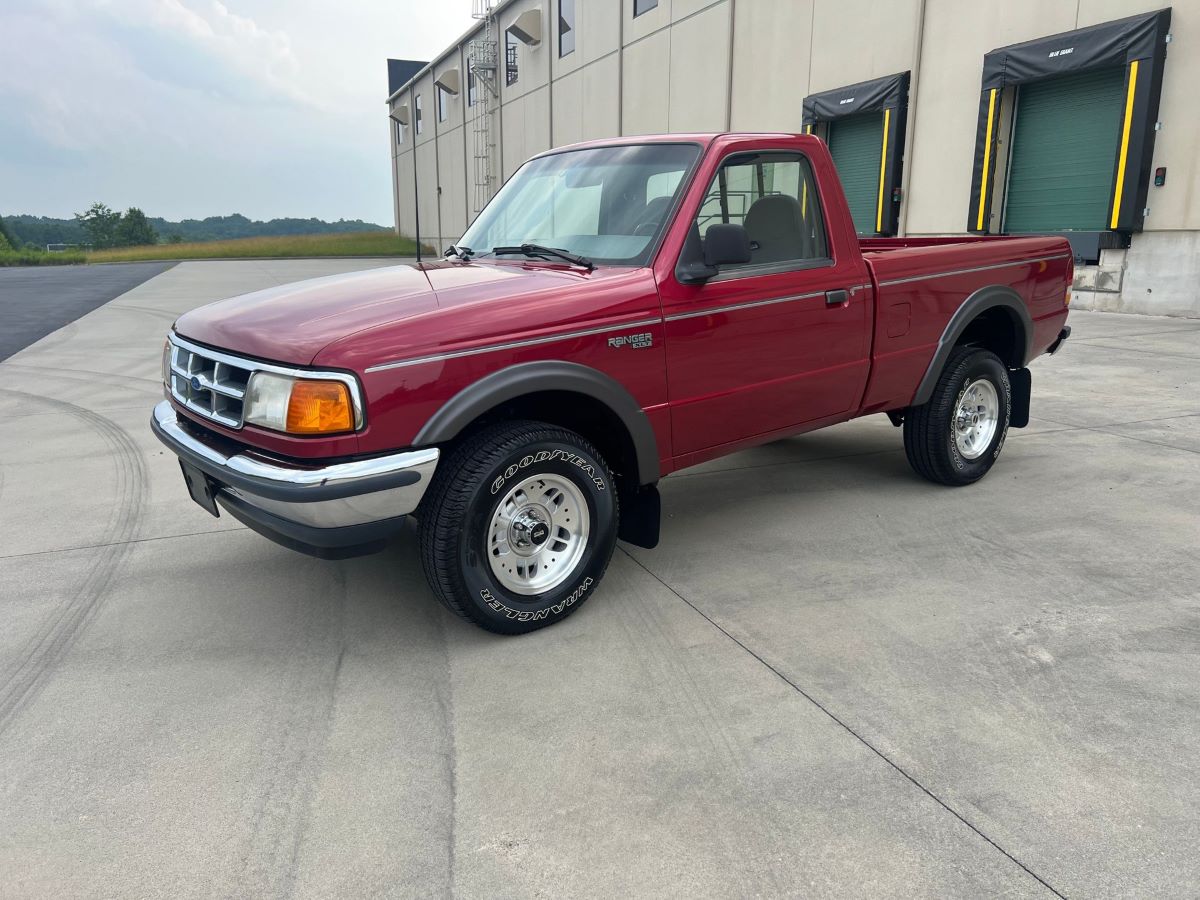
2. Ford Ranger (late 1990s to early 2000s)
The Ford Ranger from the late 1990s and early 2000s, while initially popular for its compact size and affordability, has developed a reputation over time as a truck needing more upkeep than average.
One of the primary issues with these Rangers lies in their aging 4-cylinder and V6 engines, which often suffer from oil leaks, head gasket failures, and timing chain problems if not meticulously maintained. These mechanical vulnerabilities mean that owners who neglect preventative maintenance may face costly repairs that could have been avoided.
The Ranger’s transmission systems also have their share of troubles. Many owners report early failure of the automatic transmissions, especially when the truck is used frequently for towing or heavy hauling.
The manual transmissions are somewhat more reliable but still require consistent fluid changes and clutch adjustments. Without diligent care, transmission slipping and gear grinding become common, further raising maintenance costs and downtime.
Suspension and steering components on these Rangers are another weak point. The trucks tend to develop worn ball joints, tie rods, and control arms relatively quickly, especially in regions with poor road conditions or heavy off-road use.
This results in uneven tire wear, poor handling, and an uncomfortable ride, forcing owners to replace parts more often than on many competitors. The cost of replacing worn suspension parts over time can add up significantly, further eroding the Ranger’s reputation for reliability.
Finally, the interior and electrical systems in these older Rangers often show their age. Dashboards may crack or fade, and wiring issues can cause flickering lights, malfunctioning gauges, or unreliable power windows.
Replacement parts for interior components can be expensive or difficult to find for older models, adding another layer of frustration for owners. Taken together, these mechanical, suspension, and electrical challenges make the Ford Ranger a truck that requires consistent maintenance and attention to remain roadworthy.
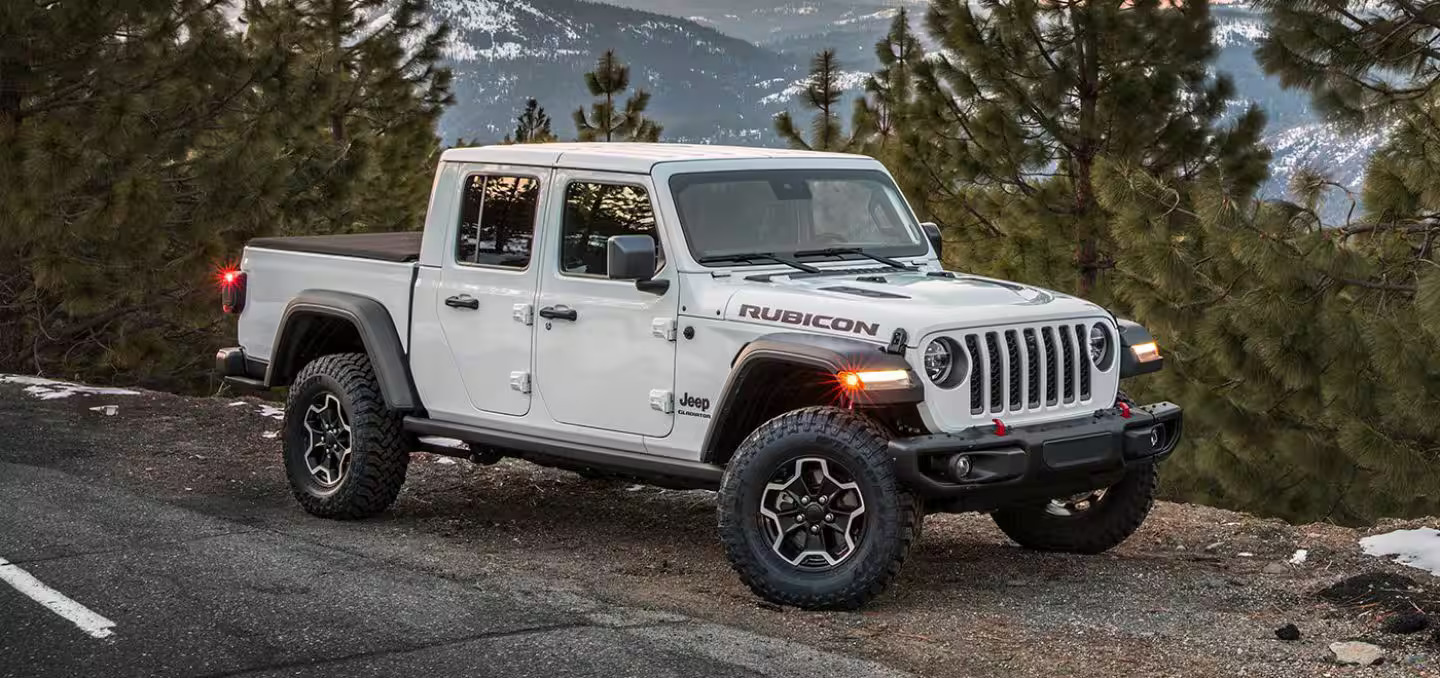
3. Jeep Gladiator (early model years)
While the Jeep Gladiator offers a unique combination of off-road capability and truck utility, its early model years have been known to suffer from reliability issues that require ongoing maintenance.
The Gladiator’s powertrain, primarily the 3.6-liter V6 paired with an 8-speed automatic transmission, has been flagged for problems such as rough shifting, overheating, and occasional engine stalling. These issues, while less frequent than with older truck models, can be costly to diagnose and repair, especially given the Gladiator’s relatively new presence in the truck market.
Additionally, the Gladiator’s complex 4WD system, which includes electronic locking differentials and sway bar disconnects, is prone to sensor failures and actuator malfunctions.
These faults often result in warning lights and loss of 4WD functionality, forcing owners to visit dealerships or specialists equipped to handle these sophisticated systems. While these advanced features enhance off-road capability, they add layers of complexity that increase the likelihood of breakdowns or repairs compared to simpler 4WD trucks.
The Gladiator’s body and interior, while stylish and well-built, can also pose maintenance challenges. Early owners have reported issues with water leaks into the cab, premature wear of seat materials, and occasional problems with door seals that lead to wind noise and rattling.
Electrical glitches, including malfunctioning infotainment systems and connectivity problems, also detract from the overall ownership experience and necessitate frequent software updates or repairs.
Lastly, because the Gladiator is a relatively new and somewhat niche vehicle, parts availability can be slower and more expensive than for more established truck models.
The combination of advanced technology, early reliability concerns, and premium pricing for parts means that Gladiator owners often face higher maintenance costs and longer repair times, making it a truck that demands consistent care and investment.
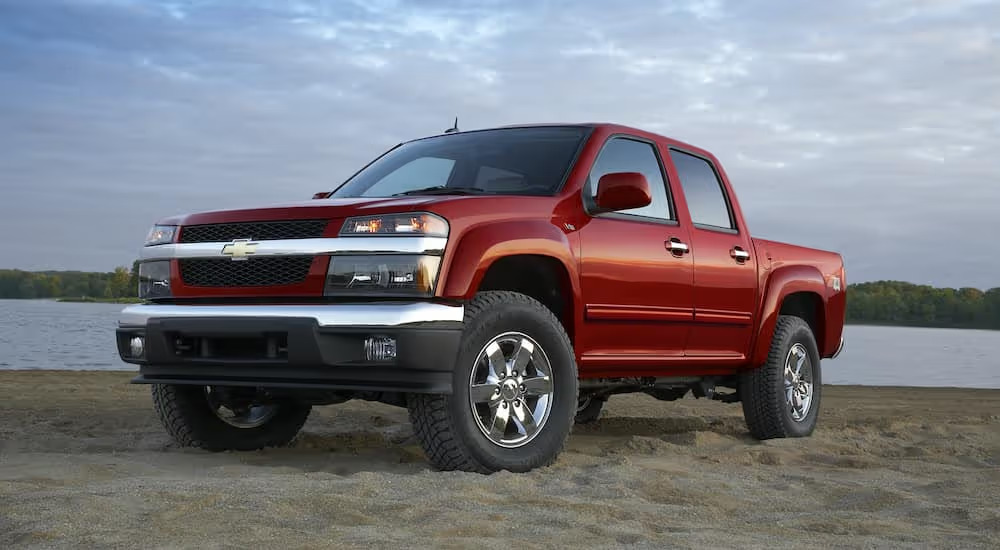
4. Chevrolet Colorado/GMC Canyon (first generation)
The first-generation Chevrolet Colorado and its GMC Canyon sibling, produced from the early 2000s to the early 2010s, have a mixed reputation when it comes to reliability and maintenance. While these midsize trucks were praised for their versatility and comfortable ride, they also exhibited several chronic issues that require ongoing attention.
One of the most significant problems lies with the 2.9-liter four-cylinder and 3.7-liter five-cylinder engines, which can suffer from timing chain failures and oil consumption issues, especially if maintenance intervals are missed or poor-quality oil is used.
Transmission problems are also common in these models. Many owners report early transmission failure or rough shifting with the 4-speed and 5-speed automatic transmissions, which were not as durable as competing offerings.
These problems often require expensive transmission rebuilds or replacements, which can be a financial burden on owners who rely on the truck for daily driving or work.
The suspension and frame on these trucks are another area of concern. Premature rusting of the frame and undercarriage has been widely reported, particularly in colder climates with heavy road salt usage. This corrosion can compromise structural integrity and lead to costly repairs or even render the truck unsafe if not addressed promptly.
Additionally, suspension components such as control arms and sway bar links tend to wear out faster than expected, necessitating more frequent replacements to maintain proper handling and ride quality.
Electrical system problems further compound the maintenance challenges. Owners have reported issues with faulty sensors, wiring harness degradation, and malfunctioning instrument clusters. These electrical faults often trigger warning lights and reduce vehicle performance or drivability, requiring diagnostic work and repairs that add to maintenance costs.
Taken together, the Chevrolet Colorado and GMC Canyon first-generation trucks require vigilant upkeep and frequent repairs, making them less than ideal for owners seeking low-maintenance vehicles.
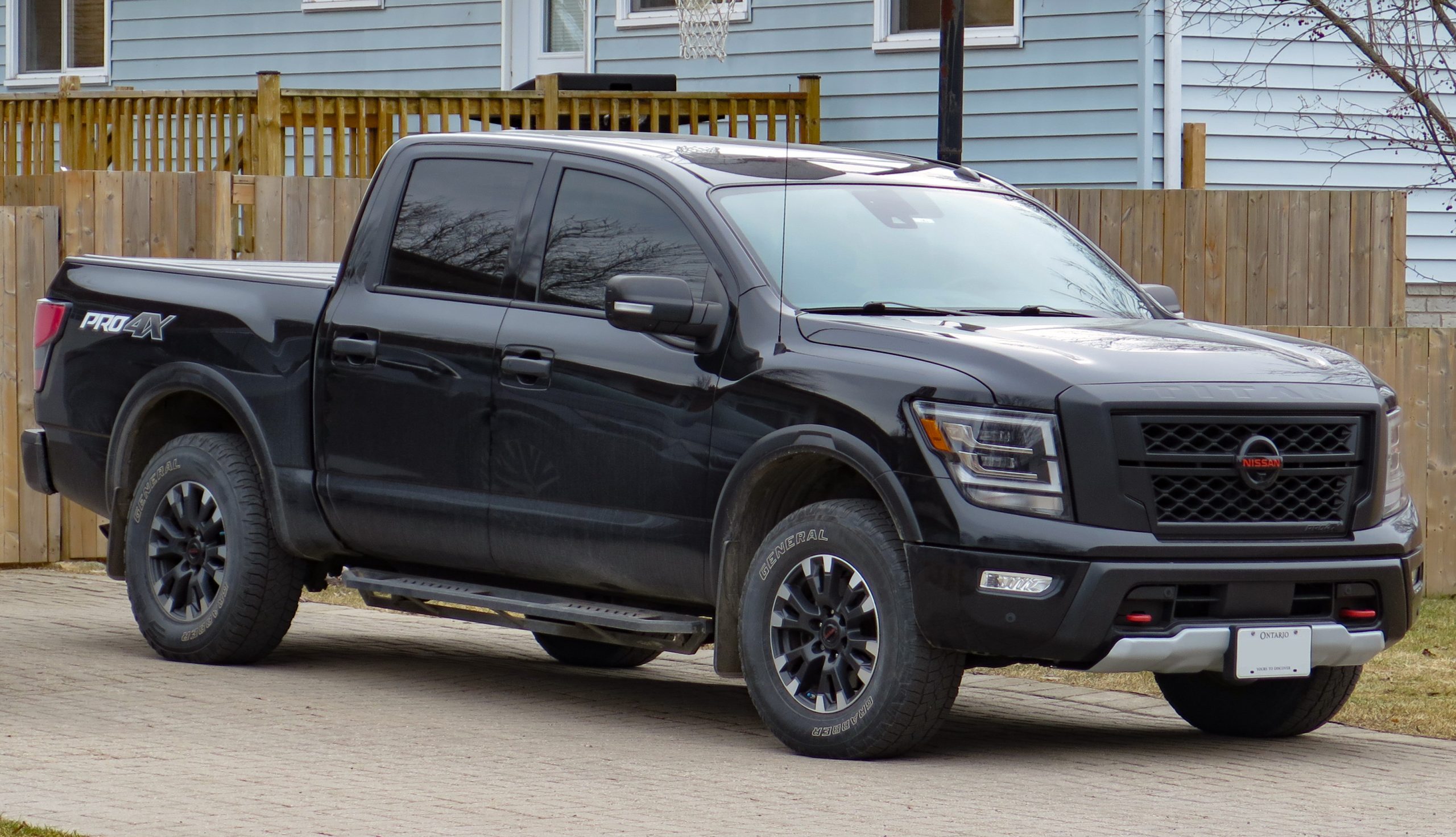
5. Nissan Titan (early models)
The early Nissan Titan models, launched in the early 2000s, struggled with a variety of reliability issues that have contributed to a reputation for needing constant work.
Despite offering competitive power with its 5.6-liter V8 engine, many early Titans experienced problems with engine overheating, premature wear of valve train components, and oil leaks that required frequent repairs. These engine troubles can be expensive to fix, particularly if neglected over time.
Transmission issues plague the early Titans as well. The 5-speed automatic transmissions used in these trucks often exhibited rough shifting, slipping, and, in some cases, complete failure.
This has led many owners to face costly transmission rebuilds or replacements, a serious expense for a truck marketed as a full-size workhorse. The clutch and manual transmission options, while slightly more reliable, still demand consistent maintenance to avoid failures.
Beyond the powertrain, the Titan’s suspension components tend to wear out prematurely, especially in trucks used for towing or off-road driving.
Ball joints, control arms, and shocks often require replacement earlier than expected, increasing the frequency and cost of maintenance. The truck’s ride can become harsh and unstable without these repairs, making it less comfortable and reliable over time.
Interior quality and electrical system reliability also add to the Titan’s maintenance woes. Owners have reported problems with dashboard rattles, malfunctioning climate control systems, and faulty wiring that causes intermittent electrical failures.
Additionally, corrosion issues, particularly in northern climates, can accelerate wear on the frame and underbody components, further complicating maintenance efforts. All these factors combined make early Nissan Titans a truck that often demands more time and money spent on upkeep than many of its competitors.
Also Read: 5 Trucks With the Best LED Bed Lighting and 5 With Dim Lamps
Choosing the right truck is more than just finding the best horsepower rating, towing capacity, or cabin features. It’s about understanding the total cost of ownership—a metric that includes everything from gas mileage to insurance, but perhaps most importantly, maintenance and repair needs.
A truck that seems like a great deal upfront can turn into a financial burden over time if it demands constant repairs, frequent parts replacement, and prolonged downtime. Conversely, a truck that might appear plain or underwhelming on the surface can prove itself a long-term warrior, asking for little more than regular oil changes and basic care while delivering years of dependable service.
From what we’ve explored, it’s clear that the landscape of truck ownership is divided. On one side, you have models like the Toyota Tacoma, Ford F-150 (especially older models), Chevrolet Silverado 1500 (early 2000s), Honda Ridgeline, and Nissan Frontier.
These are trucks that have earned their reputations over decades of hard work, not just because they were well-marketed, but because they last. They are built with mechanical simplicity in mind, they use widely available and reliable components, and they are supported by massive aftermarket and dealer networks.
Owners of these trucks often speak not about their flashy features, but about how little they have to worry about them—and that peace of mind is worth more than any tech package or oversized touchscreen.
On the flip side, there are trucks that look promising on the surface but have shown themselves to be more problematic over time. The Dodge Ram 1500 (early 2000s), Ford Ranger (late ‘90s to early 2000s), Jeep Gladiator (initial model years), Chevrolet Colorado and GMC Canyon (first generation), and Nissan Titan (early models) all suffer from a range of recurring issues.
Whether it’s transmission failures, electrical glitches, structural rust, or suspension problems, these vehicles can often feel like a game of mechanical whack-a-mole: fix one issue and another pops up.
While many of these trucks have redeeming qualities—like solid power or aggressive styling—the trade-off in maintenance costs and reliability headaches can make them difficult to recommend for long-term ownership.
That’s not to say any of these “problem” trucks are complete failures. In fact, with careful maintenance and a bit of luck, some owners may enjoy years of relatively trouble-free use.
But these trucks demand vigilance. If you’re not the type of person who wants to keep a close eye on fluid levels, listen for every unusual noise, or schedule regular diagnostic scans, these models may not be the best fit.
For people who rely on their truck for a living—or who simply don’t want their weekends spent crawling under the chassis—these high-maintenance options could quickly wear out their welcome.
As technology continues to evolve and trucks become even more complex, the distinction between reliable workhorses and maintenance-heavy machines may become more pronounced.
We’re already seeing a shift where some newer trucks, filled with advanced driver-assistance features, complicated hybrid drivetrains, and dozens of sensors, are starting to mirror the same reliability pitfalls of their earlier counterparts.
That makes looking back at proven platforms like the Tacoma, Silverado, and older F-150s even more valuable—they represent a breed of trucks designed to last, not just impress.
In the end, the right truck for you depends on what you prioritize: brute power, modern tech, off-road performance, or peace of mind. But no matter your preference, going in with realistic expectations about maintenance can save you thousands of dollars, countless headaches, and hours spent in a repair shop instead of on the road.
If you’re shopping for a truck today, let this guide serve as a foundational tool—not to tell you what not to buy, but to show you what questions to ask, what patterns to watch for, and how to think beyond the showroom. A good truck should do more than perform—it should endure.

